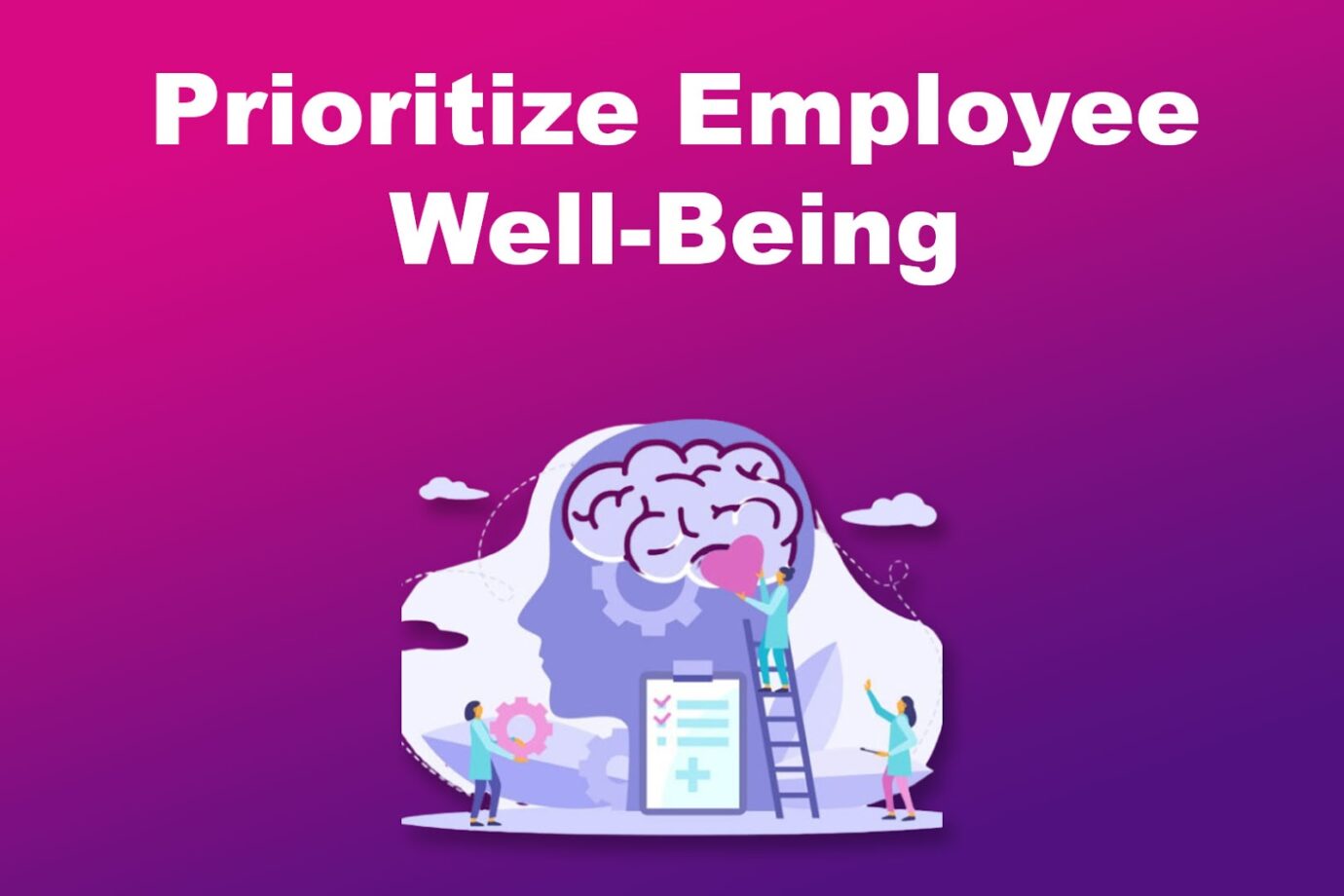Working remotely is undoubtedly beneficial. You get to work on your own schedule and at your own pace. However, this work arrangement also has drawbacks. Working at home can result in isolation, affecting remote employees’ productivity.
Fortunately, you can help your team stay productive and connected to what they do. In this article, we’ll discuss how to engage your remote employees and provide you with effective virtual engagement activities.

How to Engage Your Remote Employees
The primary benefit of keeping your team engaged is to boost their morale and productivity.
Studies show that businesses that keep their employees engaged witness a 14% difference in productivity and an 18% difference in project turnover. With the right steps, you can experience this benefit yourself.
Here are the main ways to engage your remote employees:
1. Set Up Regular Check-Ins
Remote employees are used to working on their own. However, this does not mean they don’t need communication and connection. Providing communication channels is even more important for remote workers.
Hold regular check-ins to keep remote employees engaged and productive. This ensures they are well-informed about the business’s details, such as a project’s progress and new career opportunities.
Regular check-ins also provide remote workers with an outlet for discussing their concerns. And when these concerns are addressed, employees feel valued, thus motivating them to work better.
2. Prioritize Employee Well-Being

Unlike office employees, remote workers don’t have benefits like health insurance coverage. Despite this, you can still focus on their well-being by ensuring they achieve a work-life balance.
To do this, make sure they have enough time to work on projects. Providing them with the tools they need for work will also help them finish tasks on time. As a result, they can spend time on themselves without worrying about unfinished tasks.
You can also set fixed work hours and make it a policy that employees should only work within that time frame. This will help them disconnect from their job and have time for themselves.
However, do not be too strict in implementing these work hours, as many remote workers choose to work virtually due to its flexibility. Instead, focus on ensuring that they clock out on time and are not contacted for work purposes outside their work shifts.
3. Hold Virtual Social Events
Working in a physical office provides employees with casual communication opportunities. Unfortunately, this isn’t something they can easily achieve when working remotely. The result? Remote workers feel isolated, burned out, and eventually disengaged from their jobs.
This is why social events are vital in engaging remote employees. Hold virtual team-building activities to keep them connected with their co-workers. Encourage participation so that everyone will feel included. In addition, ensure your social events are structured to maintain your employees’ connection and interest.
When you hold social events, remote workers have something to look forward to besides the workload they need to accomplish.
4. Boost Employee Morale

In a physical work setting, workers enjoy recognition, such as “Employee of the Month”. This is something that is not common in remote working. However, you can still recognize their contributions to boost their engagement and morale.
Praising your remote workers, whether they accomplished something big or small, can strengthen their loyalty and increase their productivity.
In fact, research by Reward Gateway found that 59% of employees would prefer working for a business that recognizes their effort over one that provides a higher salary.
Take note of your remote workers’ achievements and acknowledge them publicly. For instance, you can mention their achievements during a meeting or send a company-wide newsletter to recognize their hard work.
5. Provide Professional Development Opportunities
Workers tend to quit when they feel stagnant at work. Fortunately, you can prevent this by providing them with development opportunities. This may include online courses, seminars, or anything that can provide them with new knowledge that they can use to level up their career.
Allowing your remote workers to grow professionally is also beneficial to your business. As your employee gains skills, they will be able to contribute more to your business. Not only do they stay engaged, but they also become more productive.
Providing a career map is one of the things you can do to help your remote employees see what the job can offer them in the future.
The career map should show their potential growth in the company, such as the positions they can be promoted to, potential salaries, and the other growth opportunities they can enjoy.
6. Listen to Employee Feedback & Suggestions

Remote employees need to be heard to make them feel valued. That said, another remote employee engagement technique is to give them an opportunity to provide feedback and suggestions.
However, allowing your remote workers to raise concerns and suggestions is just one step. It’s also crucial to address their feedback and make improvements based on it. This will help you build an engaging and positive environment for your workforce.
Some employees may hesitate to share their concerns because they fear how you perceive them. In this case, you can create channels where they can raise these concerns anonymously.
You can also conduct surveys to encourage employees to share their thoughts about the company processes.
Harvard Business School also has a list of ways to engage remote employees.
7. Keep Employees in the Loop
Remote workers should be informed about how the projects they are working on are progressing. This is because they can easily get disconnected when they feel left out of company-related news.
To keep every employee in the loop of what’s happening at work, establish an employee-friendly system where they can access vital company information. Scheduling a regular virtual meeting to update them is also ideal.
This remote employee engagement technique helps remote employees feel connected with the company, which empowers them to work better.
8. Offer Hybrid Work Arrangements
It’s easy to feel disconnected when you’re working alone. This also leads to burnout, exhaustion, and decreased productivity. Fortunately, you can prevent this by offering a hybrid work setup to your remote employees.
Allowing your remote workers to spend time in a physical office helps them connect with their co-workers on a deeper level. This in-person collaboration engages remote employees and prevents isolation. As a result, your remote employees are more likely to stay.
Not sure if a hybrid work arrangement can benefit your business and employees? Here is a comparison of remote and hybrid work to help you see if hybrid is an ideal setup for your business.
What Are the 4 Essentials of Employee Engagement?

The four essentials of employee engagement are enablement, energy, encouragement, and empowerment. These factors are crucial in building a thriving work environment for remote workers. Applying them in the workplace can keep your remote team’s engagement, motivation, and productivity.
Here’s a more in-depth look at the four E’s of employee engagement:
- Enablement.
Provide your remote workers with the tools, resources, and other things that can help them succeed in both their jobs and careers. - Energy.
You must recognize your remote employees’ efforts and achievements. Letting them know that they are appreciated motivates them to work better. - Encouragement.
Offer feedback and constructive criticism to encourage remote workers to improve their jobs constantly. This also develops a culture of open communication and trust, allowing workers to share their thoughts freely. - Empowerment.
Empowering remote workers means allowing them to work on tasks their way. This develops accountability, decision-making ability, and a sense of responsibility.
As you can see, the four E’s of employee engagement all point towards helping them develop their skills. This is because virtual employee engagement should focus on fostering a sense of belonging and purpose.
When workers see that you are helping them succeed, they feel motivated and are more likely to stay in your company.
Find out how to create an engaging remote work culture for remote employees in this Forbes article.
Engage Remote Employees by Motivating Them
Motivating remote workers can make them feel valued. And when they feel valued, they know that you are appreciating them. As a result, they become more connected and are more likely to stay.
However, there is one thing you must avoid if you want your virtual workers to stay engaged – micromanagement. Micromanaging your employees can make them feel like you do not trust them, discouraging them from working on things the way they know how.